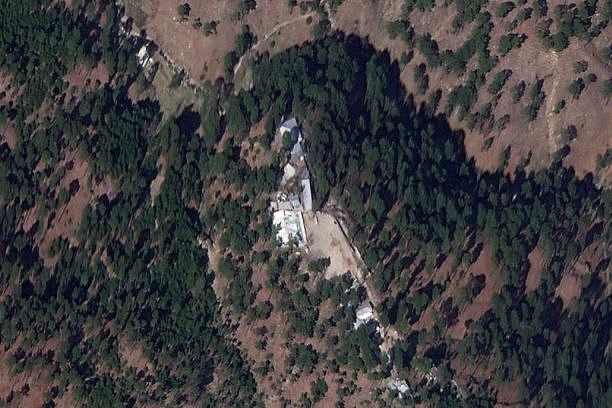
Explained: What Latest Satellite Images Tell About India’s Air Strike On Jaish Camp In Pakistan
Did India successfully hit the Jaish camp in Pakistan’s Balakot? Different satellite imagery experts have different answers to this question.
Here’s what we know so far.
Much has been said about the accuracy of the Indian Air Force’s (IAF’s) strike on Jaish-e-Mohammed training camp in PAkistan’s Balakot in the last few days. Based on the available satellite imagery, various experts have arrived at different conclusions - some claim that the IAF only managed to uproot a few trees while others believe it may have hit the camp without causing much damage to the structure. This has left most observers confused.
And while government’s aim of sending across a message to Pakistan have been met irrespective of the accuracy of the strike, this question continues to remain important for the analysis of India’s military capabilities.
But before looking at satellite imagery, it is important to understand how the Israeli-developed Spice-2000 precision bombs (Spice stands for smart, precise-impact and cost-effective), used by the Mirage-2000s for the strike, work.
Before being dropped, these bombs are fed with coordinates of the target, its imagery and the angle of attack. When these bombs are dropped, the onboard computer uses data fed into it, including the images of the target which it matches with real-time imagery, to identify the target and lock on to it.
According to the information available in the public domain, the Spice-2000s used by India were “penetration warheads”. Here, the word ‘penetration’ is key. Unlike most other bombs, which destroy their target after they hit it, a penetration warhead pierces the roof of the target building and explodes inside its parameters. In this process, it does not damage the target completely.
This is clearly visible in the satellite images of a test of the same bomb by the IAF in Pokhran in September 2016 put out by NDTV journalist Vishnu Som.
It can be seen that the structure targeted using the Spice 2000 bomb has a small hole in its roof. The structure, however, continues to stand. Similar holes should be visible on the targets that the IAF claims to have hit in Pakistan’s Balakot.
So, have we spotted any roof holes yet?
If one believes Colonel Vinayak Bhat (Retd), an Army satellite intelligence veteran, there appear to be “four black spots on the CGI or corrugated galvanised iron sheet roofs of Jaish facilities” in Pakistan’s Balakot.
In an article for The Print, Bhat claims that these black spots “indicates the possibility that IAF smart munitions may have pierced the roofs which have since been patched with fresh CGI sheets and repainted”.
Here is the imagery he has used to arrive at this conclusion.
Where’s the confusion then?
In an article earlier today, Reuters cited satellite imagery from Planet Labs, which show details as small as 72 cm, which suggest that the buildings which was targeted continue to stand. This has been a source of much confusion.
Clearly, experts quoted by Reuters seem to have ignored the fact that Indian experts have pointed out, which is: bombs used by the IAF to target the buildings at the Jaish camp in Balakote are unlikely to obliterate them.
Responding to some of these questions raised on Twitter, Gerry Doyle, one of the three authors of the Reuters report, said, “if a 2000-pound bomb dropped through the roof of a regular concrete/wood/glass civilian building and exploded inside, all that would be left is confetti”. Here’s the thread he posted on Twitter:
However, Angad Singh, one of India’s foremost aviation photographers and analysts, disagrees. He has responded to this argument, explaining that bombs which are meant to penetrate structures use “most of their mass on the casing”.
“Depending on effects required at the target (for example, fragmentation) the explosive filling in the bomb could be even less. So there is no hard and fast rule that a 2000-lb class bomb will wipe out half a hillside,” he said on Twitter.
Is there any official word from the government?
No, the government has not put out an official word on the issue.
However, a report in India Today by Shiv Aroor points out that the IAF “has submitted a dossier containing 12 pages of high-resolution satellite images and synthetic aperture radar imagery collected from an intelligence aircraft platform flying in Indian airspace”.
The report says 80 per cent of the targets were hit by the IAF.